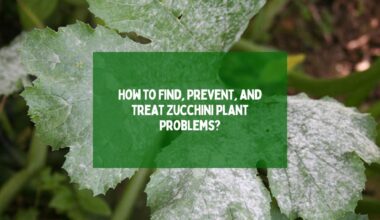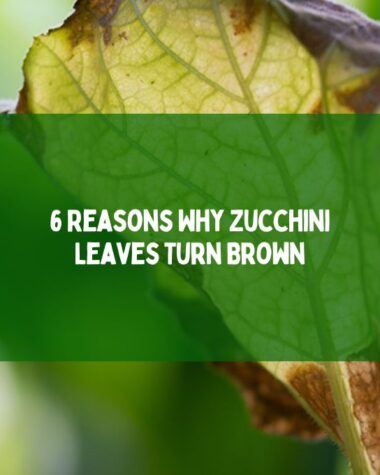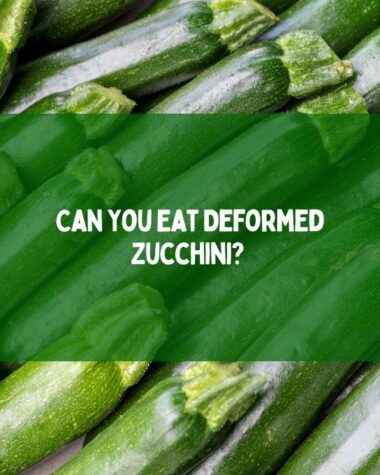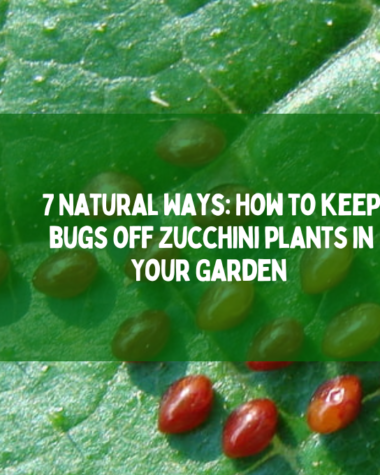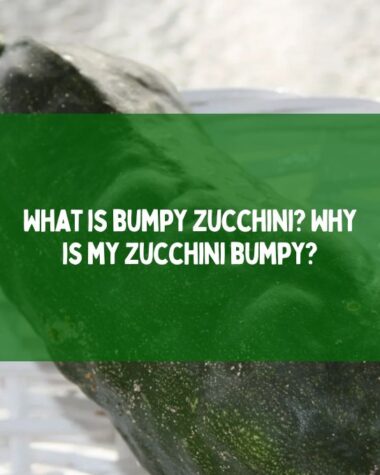Zucchini seedlings should be transplanted outdoors after the last frost date in your area, once the soil has warmed up to at least 60°F (15.6°C) and the seedlings have grown their second set of true leaves. This typically occurs around 4-6 weeks after starting the seeds indoors.
Zucchini is a popular summer squash that is easy to grow from seeds. It’s pretty easy to plant zucchini seeds, but it’s a bit trickier to move the seedlings to a new spot. In this article, we’ll talk about when to transplant zucchini seedlings outside and what you should do to make sure they do well.
Transplanting Zucchini Seedlings
Start zucchini seeds indoors about 4 to 6 weeks before the last frost date in your area. This will give the seeds time to sprout and grow into healthy sprouts before being moved outside. Once the plants have grown two sets of true leaves and have come out of the soil, they are ready to be moved.
But before you move the plants outside, you should make sure that the weather is warm enough. Zucchini plants are sensitive to frost and cold, and if they are exposed to these conditions, they may not live.
When to transplant zucchini seedlings?
The temperature is an important factor for transplanting. The temperature of the soil should be at least 60°F (15°C), and the temperature during the day should always be above 70°F (21°C).
This means that in most places, you can move zucchini plants outside in late spring or early summer. But if you live in a colder environment or at a higher height, you may need to wait until later in the season when the weather is better.
How to move Zucchini plants from one place to another?
When moving zucchini seeds to the garden, it’s important to follow a few best practices to make sure zucchini seedlings when to transplant.
Choose a spot with sunlight
Zucchini plants need a lot of light to grow and bear fruit. Choose a spot in your yard that gets strong sunshine for at least 6 hours a day.
Prepare the soil
Zucchini plants like soil with a lot of organic matter that drains well. Before you move your plants, add compost or old manure to the dirt to improve its structure and nutrition.
Harden off the seeds
Before you move your seedlings to their new homes, you need to gently expose them to the conditions outside. Start by putting the seeds outside for a few hours each day. Over the course of a week, slowly increase the amount of time they spend outside.
Dig a hole
Dig a hole deep enough to hold the whole root ball of the plant in the prepared soil. To plant the baby, carefully take it out of its pot and put it in the hole. Make sure the top of the root ball is at the same level as the top of the dirt.
Water the seedling
Watering the seedlings right after replanting will help the soil settle and make sure the roots can get water.
Mulch the soil
Use straw, chopped leaves, or another organic material to cover the soil around the base of the plant. This will help keep water in the soil and keep weeds from growing.
Read More:
How to Pick the Best Zucchini?
45–55 days after you plant your seeds, they should start to bloom. Look carefully under the big leaves, because zucchini is easy to “hide” there.
Small early types that are about 6 inches long are the most tender and tasty. If you pick them often, you can get a bigger crop.
You might be surprised at how fast zucchini squash grows since it can also get very big. Cut the zucchini off the plant with a sharp knife, and then put it in a clean fridge.
Zucchini Freezing
Because zucchini trees are usually easy to grow, your yard will probably always have a lot of them that you won’t want to waste. The good news is that the zucchini keeps well. Pieces that have been chopped, diced, or shredded can be frozen.
Conclusion
It can be hard to decide when to transplant zucchini seedlings outside, but if you follow these best practices, you can help make sure they do well.
Before you move your seeds, make sure the weather is warm enough, pick an open spot with well-drained soil, and let your plants get used to the cold. You can grow healthy zucchini plants in your yard with a little care and attention.
